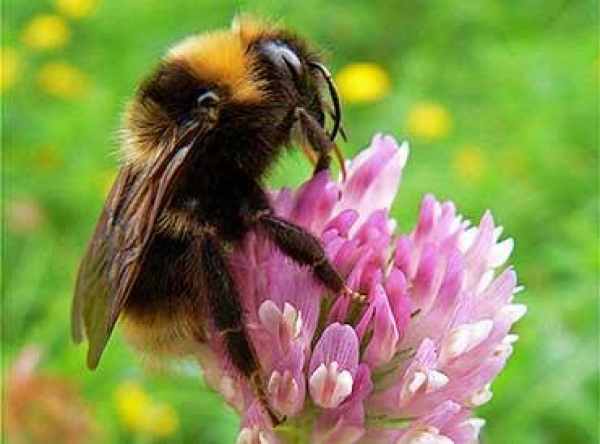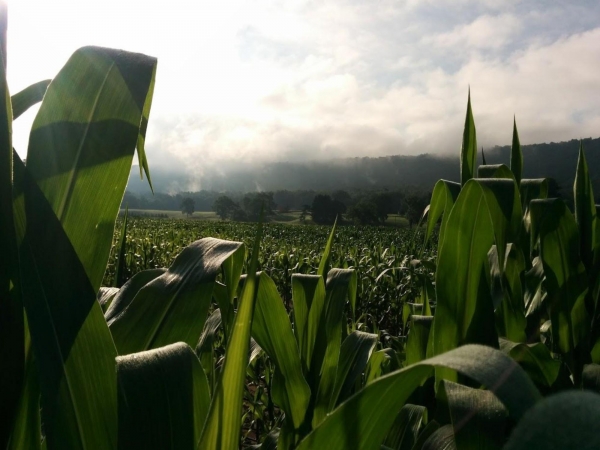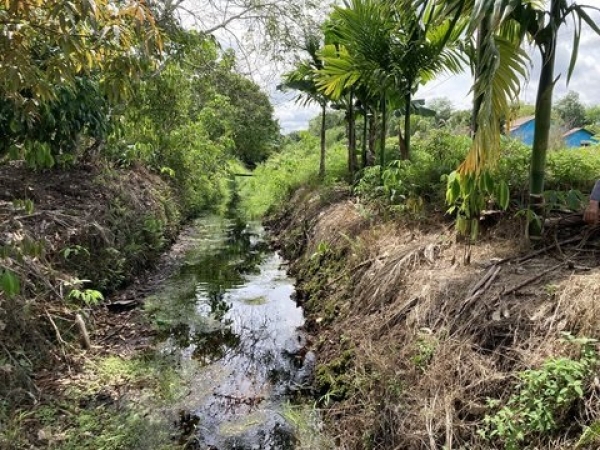An innovative programme that will enable UK companies to integrate nature into financial decision-making and to mobilise investment in biodiversity, has received £3 million funding from the Natural Environment Research Council (NERC).
articles
Novel Method to Measure Root Depth May Lead to More Resilient Crops
As climate change worsens global drought conditions, hindering crop production, the search for ways to capture and store atmospheric carbon causing the phenomenon has intensified.
Backyard Insect Inspires Invisibility Devices, Next Gen Tech
Leafhoppers, a common backyard insect, secrete and coat themselves in tiny mysterious particles that could provide both the inspiration and the instructions for next-generation technology, according to a new study led by Penn State researchers.
Understanding an Overlooked Hotspot for Carbon Emissions
“We were fascinated to learn that the drainage canals themselves are a hotspot for peat carbon to be transformed into carbon dioxide,” said study co-author Alison Hoyt, assistant professor of Earth system science at the Stanford Doerr School of Sustainability.
Drexel's Self-Heating Concrete Is One Step Closer to Clearing Sidewalks Without Shoveling or Salting
There’s a patch of concrete on Drexel University’s campus that could portend a frost-free future for sidewalks and highways in the Northeast.
What Artificial Streams Can Teach Us About Insects, Algae and our Changing Climate
A network of artificial streams is teaching scientists how California’s mountain waterways — and the ecosystems that depend on them — may be impacted by a warmer, drier climate.










